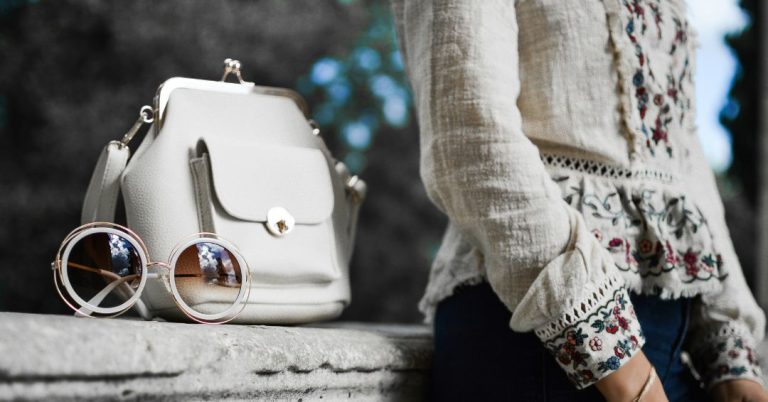The golden age of luxury appears to be waning.
For the first time since the 2009 Great Recession, the personal luxury goods market is experiencing a significant slowdown.
According to Bain & Company’s annual luxury report, a staggering 50 million consumers have either abandoned luxury purchases or been priced out of the market, signaling a profound shift in the industry’s dynamics.
A bleak outlook for luxury brands
The report paints a rather bleak picture for luxury brands.
Only one-third are expected to finish the year with positive growth, a stark contrast to the two-thirds that achieved this feat last year.
This downturn underscores the challenges facing an industry accustomed to consistent expansion.
Survival in this new landscape demands a reevaluation of brand value propositions, particularly for Gen Z consumers, who possess increasingly discerning tastes and expectations.
Marie Driscoll, an equity analyst specializing in luxury retail, emphasizes the importance of reinvention: “Get back to books, make products more inspirational, make the shopping experience marvelous,” she told Fortune.
“You need to constantly meet consumers at a new angle and surprise and delight them.”
She adds a compelling analogy: “A fabulous ice cream sundae is boring by the time you have it the fifth time.”
Broken promises and the price of stagnation
Driscoll points to a fundamental disconnect between price and value within the luxury sector.
“Since 2019, there’s been a high price increase across luxury without a corresponding increase in innovation, service, quality, or appeal that a luxury brand should provide,” she explains.
“This year, that really hit consumers, and we felt the full impact.”
This perceived breach of trust between brands and consumers has contributed to the current downturn.
Luxury giants falter, while Hermès thrives
This disconnect is reflected in the financial performance of luxury giants.
LVMH (owner of Dior and Louis Vuitton), Burberry, and Kering (owner of YSL and Gucci) have all missed revenue targets this year.
LVMH even lost its title as Europe’s most valuable company to Novo Nordisk in September 2023.
In contrast, Hermès has experienced remarkable growth, largely attributed to the exclusivity and desirability of its iconic Birkin bag.
Retail analyst Hitha Herzog explains this phenomenon to Fortune: “The luxury consumer wants something that is rare, unique, bespoke, beautiful and specifically theirs…That exclusivity…creates a mystique around owning something rare, and gives it a sense of worth when you look at the price tag.”
The China effect and shifting global spending
The Chinese market, a major driver of luxury growth for over two decades, has experienced a significant slowdown.
This is largely due to diminished consumer confidence amidst a challenging economic environment.
LVMH, a bellwether for the luxury industry, reported a 3% revenue drop last month, largely due to weakening demand in China.
Kering also reported a 15% year-over-year decline.
Nicolas Llinas-Carrizosa, a BCG partner focused on luxury, told Fortune that globally, aspirational shoppers are becoming more cautious with their spending, prioritizing financial investments or other essential categories.
A glimmer of hope on the horizon?
Despite the overall decline, Bain projects a 2% contraction for the entire luxury sector in 2024.
However, other sectors, such as travel, fine dining, and automobiles, have reported modest growth.
Furthermore, a “gradual recovery” in the luxury market is anticipated for late 2025, particularly in China, Europe, the US, and Japan, where favorable currency exchange rates may boost consumer spending.
The post The end of luxury? Why 50 million shoppers are saying no to high-end brands appeared first on Invezz

